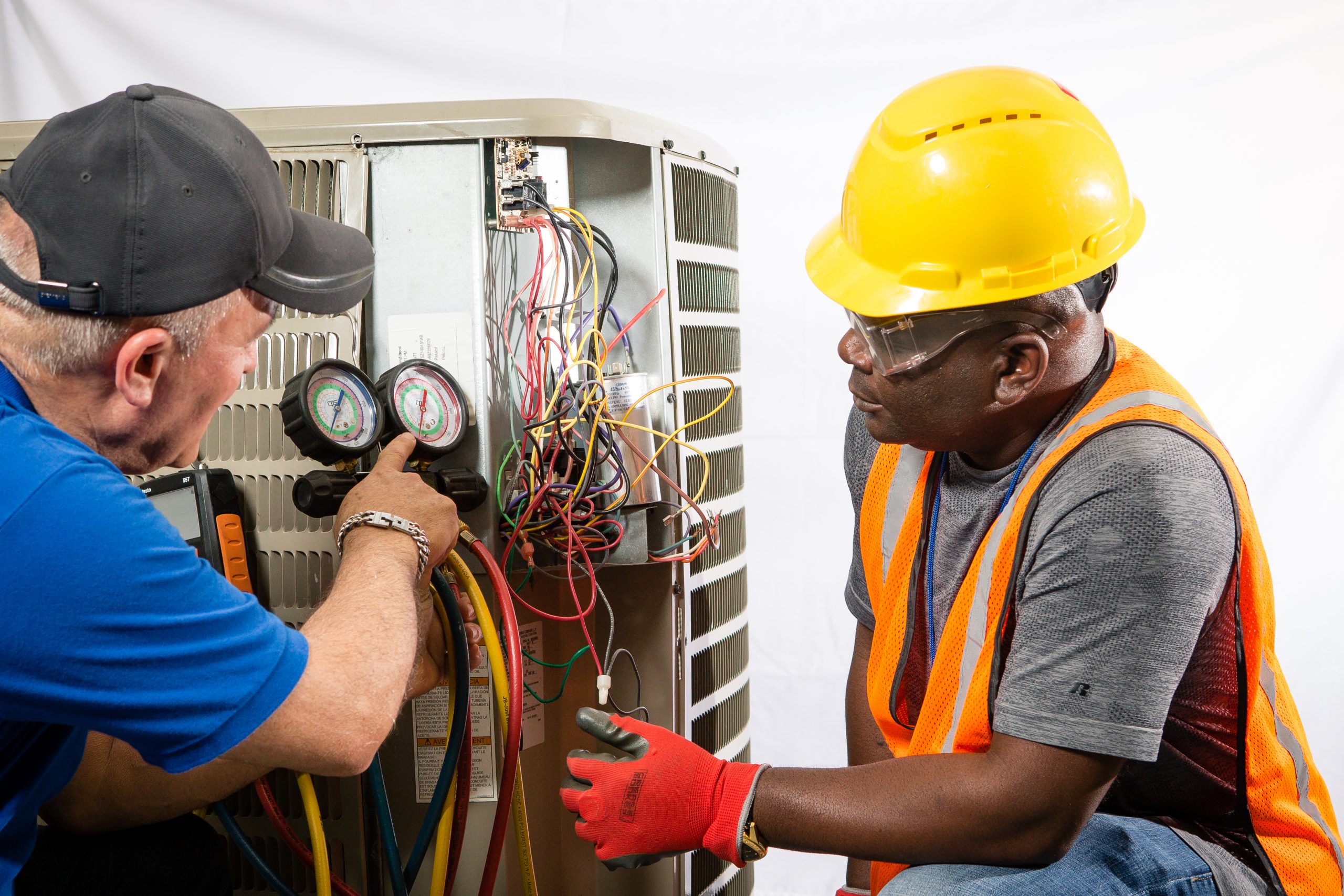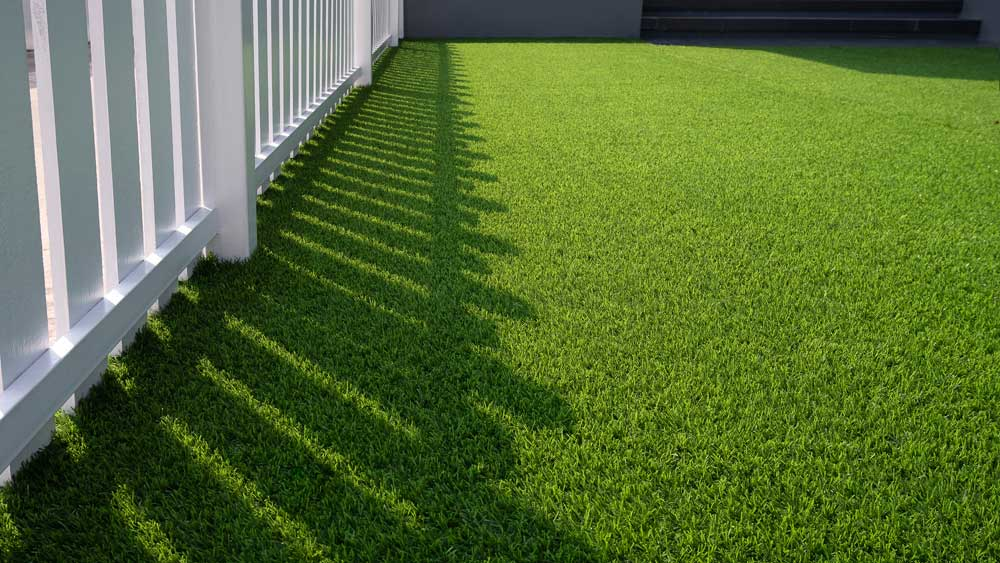
Heating and cooling systems are a key part of maintaining a comfortable living environment throughout the year. As seasons change, it’s important to have a reliable system that can keep your home warm in the winter and cool in the summer. Different types of heating and cooling systems exist, each with its own way of maintaining indoor comfort. Understanding the basics can help you choose the right system and use it efficiently to manage energy costs.
Types of Heating Systems
Heating systems are designed to raise the indoor temperature during colder months. Here are a few of the most common systems:
-
Central Heating: This system uses a furnace to generate heat, which is then distributed through ducts to various rooms. Furnaces can run on electricity, natural gas, or oil. They are efficient at warming up an entire house quickly and are a popular choice in colder climates.
-
Boiler Systems: A boiler heats water, and the heated water or steam is pumped through radiators or underfloor pipes to warm rooms. Boiler systems are known for providing even, consistent heat, and can be powered by gas, oil, or electricity. They are quieter than forced-air systems since they don’t use fans or blowers.
-
Heat Pumps (Heating Mode): Heat pumps are energy-efficient systems that transfer heat from the outdoors to indoors. Even when it’s cold outside, a heat pump can extract enough warmth to heat your home. They are an excellent option for mild to moderate climates, as they can serve as both a heating and cooling system.
-
Wood and Pellet Stoves: For those looking for a more traditional or eco-friendly option, wood or pellet stoves are a great alternative. They burn renewable materials like wood or compressed pellets, and while they may require more manual effort, they can offer cost savings and a cozy atmosphere.
Cooling Systems to Beat the Heat
Cooling systems are essential for maintaining comfort when temperatures soar. Here’s a look at some common cooling solutions:
-
Central Air Conditioning: Like central heating, central air conditioning cools the entire home through a network of ducts. The system works by pulling warm air from inside, cooling it with a refrigerant, and then circulating the cooled air back into the home. This system is highly effective for larger spaces and provides consistent cooling throughout the house.
-
Window and Portable Units: For smaller areas or single rooms, window and portable air conditioners are a popular choice. These units are easy to install and remove and are typically more affordable than central systems. However, they are less efficient for cooling large spaces and may result in higher energy use if running for long periods.
-
Ductless Mini-Split Systems: These systems provide zoned cooling without the need for ductwork. A mini-split system includes an outdoor compressor and one or more indoor units. It’s a good option for homes without existing ductwork or for cooling specific areas of the house. Ductless systems are efficient and offer more control over individual room temperatures.
-
Evaporative Coolers: In dry climates, evaporative coolers (or swamp coolers) offer an energy-efficient alternative to traditional air conditioners. These units cool air by passing it over water-saturated pads, causing the water to evaporate and cool the air. They work best in hot, arid regions where humidity levels are low.
Maximizing Energy Efficiency in Heating and Cooling
Both heating and cooling systems can be energy-intensive, leading to high utility bills if not used efficiently. There are several ways to improve efficiency and save on energy costs:
-
Insulation: Proper insulation is key to keeping warm air inside during the winter and cool air inside during the summer. Insulating walls, attics, and even windows can reduce the need for heating and cooling, lowering energy consumption.
-
Programmable Thermostats: Installing a programmable or smart thermostat allows you to control your system more effectively. You can set it to lower the heat or air conditioning when you’re not at home and raise it before you return, reducing wasted energy.
-
Regular Maintenance: Keeping your heating and cooling systems in good condition is essential for efficiency. Change air filters regularly, ensure vents are clean and unobstructed, and schedule annual check-ups for your furnace or air conditioner to catch any issues before they become costly repairs.
-
Sealing Drafts and Air Leaks: Gaps around doors and windows can allow conditioned air to escape, forcing your system to work harder to maintain the temperature. Sealing drafts with weatherstripping or caulking can help keep your home more energy-efficient and reduce strain on your heating and cooling equipment.
Achieving Comfort Year-Round
Heating and Cooling systems ensure that your home stays comfortable no matter the weather outside. Whether you rely on a furnace in the winter or an air conditioner during summer, choosing the right system and using it efficiently can improve comfort while keeping energy costs in check. By investing in proper insulation, routine maintenance, and energy-efficient practices, you can create a more comfortable, cost-effective living space year-round.
Perfect Temp Heating and Cooling
9825 166th Court Southeast, Becker MN 55308
763-300-3718





